Passive voice
Although the passive voice is less common than the active voice, there are several good reasons to sometimes use the passive. Let’s look at how to construct the passive voice and when and why to use it.

The auxiliary be is conjugated in all tenses. The main verb is always the past participle. The agent is the original "doer" of the action.
Look at some examples:
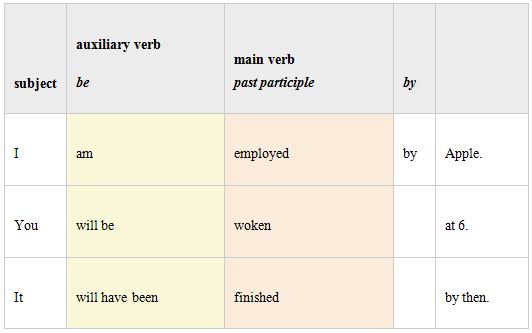
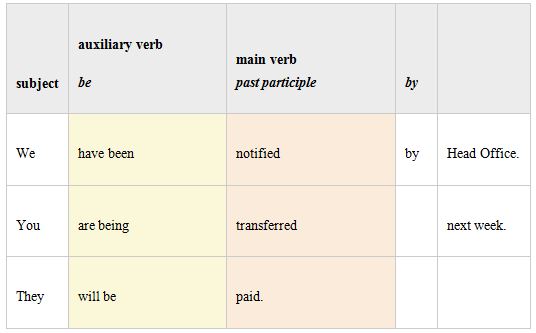
Notice above↑:
The subject of an active sentence "does" the action. In a passive sentence, we express the doer (or agent) through a by phrase (the long passive) or, very often, we remove it completely (the short passive). In the following example, the agent is "the Allies":
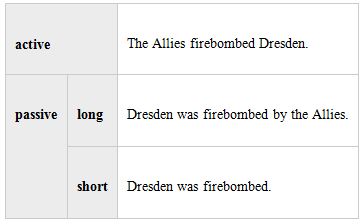
The short passive is also known as the "agentless passive". Soon you will see how useful it can be.
Negatives and questions
The table below shows examples of the passive with negative sentences, question sentences and negative-question sentences:
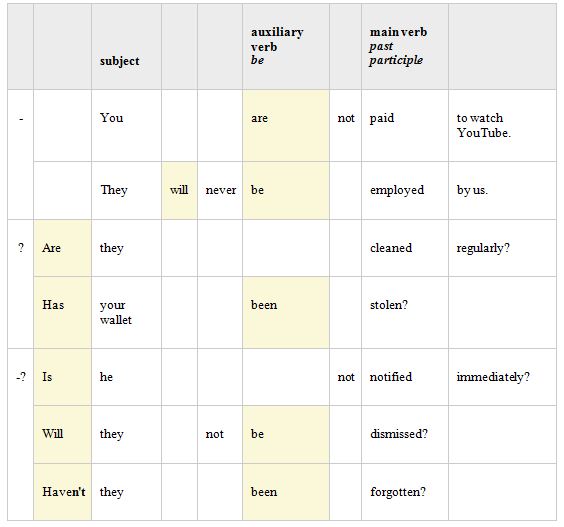
Notice above↑:
There are several times when the passive voice is useful, and usually the decision has to do with the "doer" (agent) or the "receiver" of the action. For example, we use the passive when:
1. we want to emphasize the receiver of the action:
Although we normally construct the passive with be + past participle, it is also possible (in informal language) to use get + past participle. So if France beat England at football, we could turn this to passive and say "England were beaten by France" (be-passive) or "England got beaten by France" (get-passive). And we might also add: "But France will get thrashed by Russia."
For formal English and exams you should use the be-passive, but in informal language people sometimes use the get-passive.
The passive voice is not a tense itself. But for transitive verbs each tense, as well as other verb forms such as infinitives and participles, can be produced in the passive voice. Some of the more complicated tenses (mostly perfect continuous) are rarely used in the passive, but they are possible.
Here are some more examples.
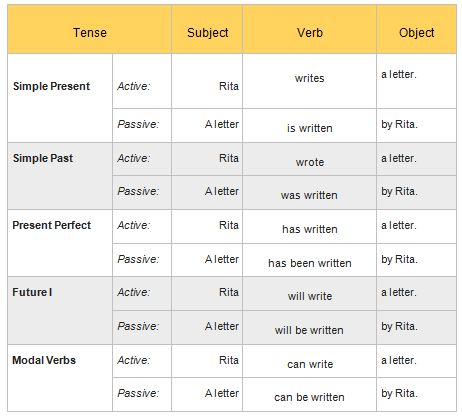
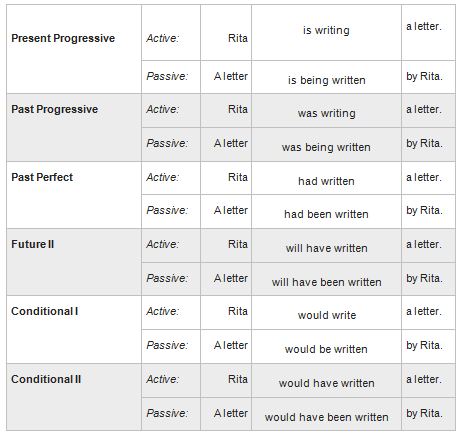
Passive Sentences with Two Objects
Rewriting an active sentence with two objects in passive voice means that one of the two objects becomes the subject, the other one remains an object. Which object to transform into a subject depends on what you want to put the focus on.
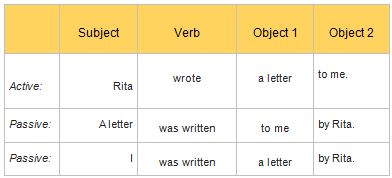
Mọi thông tin chi tiết, vui lòng liên hệ:
DU HỌC UNIGLOBE
10/3 Nguyễn Thị Minh Khai, Phường Đa Kao, Quận 1, TP.HCM
ĐT: (08) 35 173 345 – 35 173 678
Email: info@uniglobe.edu.vn
Website: www.uniglobe.edu.vn

How do we make the passive?
The basic structure of a passive clause is very simple:The auxiliary be is conjugated in all tenses. The main verb is always the past participle. The agent is the original "doer" of the action.
Look at some examples:


Notice above↑:
- auxiliary be can be conjugated for all persons and tenses
- main verb is invariable: past participle
- if there is an agent (Apple, Head Office), it is introduced by by
The subject of an active sentence "does" the action. In a passive sentence, we express the doer (or agent) through a by phrase (the long passive) or, very often, we remove it completely (the short passive). In the following example, the agent is "the Allies":

The short passive is also known as the "agentless passive". Soon you will see how useful it can be.
Negatives and questions
The table below shows examples of the passive with negative sentences, question sentences and negative-question sentences:

Notice above↑:
- position of auxiliary be or first auxiliary for questions
- possible positions of not, n't, never to create negation
Use of the passive
When and why do we use passive voice?There are several times when the passive voice is useful, and usually the decision has to do with the "doer" (agent) or the "receiver" of the action. For example, we use the passive when:
1. we want to emphasize the receiver of the action:
- President Kennedy was killed by Lee Harvey Oswald.
cf: Lee Harvey Oswald killed President Kennedy.
- My wallet has been stolen.
cf: Somebody has stolen my wallet.
- Our house is being painted.
cf: XYZ Company is painting our house.
- I am paid weekly.
cf: My company pays me weekly.
- Passengers are reminded to fasten their seatbelts.
cf: The Captain reminds passengers to fasten their seatbelts.
- The emergency services can be called by dialling 999.
cf: The public can call the emergency services by dialling 999.
- Potassium was added and mixed in. The solution was heated to 80°C and then allowed to cool.
cf: The technician added potassium and mixed it in. The technician heated the solution to 80°C and then allowed it to cool.
- Mistakes were made and unfortunately never rectified.
cf: The Prime Minister made mistakes and unfortunately never rectified them.
Notes:
Look at this sentence:- He was killed with a gun.
The get-passive
Although we normally construct the passive with be + past participle, it is also possible (in informal language) to use get + past participle. So if France beat England at football, we could turn this to passive and say "England were beaten by France" (be-passive) or "England got beaten by France" (get-passive). And we might also add: "But France will get thrashed by Russia."
For formal English and exams you should use the be-passive, but in informal language people sometimes use the get-passive.
Forms of passive
The passive voice is not a tense itself. But for transitive verbs each tense, as well as other verb forms such as infinitives and participles, can be produced in the passive voice. Some of the more complicated tenses (mostly perfect continuous) are rarely used in the passive, but they are possible.
Here are some more examples.


Passive Sentences with Two Objects
Rewriting an active sentence with two objects in passive voice means that one of the two objects becomes the subject, the other one remains an object. Which object to transform into a subject depends on what you want to put the focus on.

As you can see in the examples, adding by Rita does not sound very elegant. That’s why it is usually dropped.
Mọi thông tin chi tiết, vui lòng liên hệ:
DU HỌC UNIGLOBE
10/3 Nguyễn Thị Minh Khai, Phường Đa Kao, Quận 1, TP.HCM
ĐT: (08) 35 173 345 – 35 173 678
Email: info@uniglobe.edu.vn
Website: www.uniglobe.edu.vn




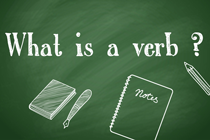

bình luận